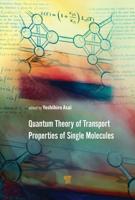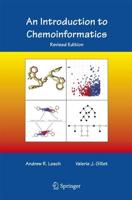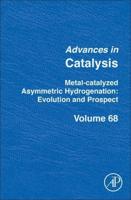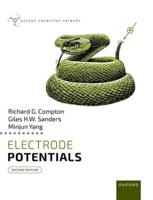Publisher's Synopsis
The selected spectra presented in this volume are a testimony to the diversity of mineral carbonates. Their compositional variety embraces many of the chemical elements and is increased by the frequent presence of solid solution between members. They occur in all the broad categories of rock types: igneous, metamorphic, metasomatic and sedimentary; and they are often associated with important ores and rare element deposits. Carbonates are not only of significance in the geological domain, but also in industry and materials science. Accurate identification of the compounds is, therefore, vital for a proper understanding of any carbonate bearing system. The development of Fourier transform infrared spectrometry has been for some years at the stage where the acquisition of spectra is relatively simple, rapid and with good resolution. For identifi- tion, the method is inexpensive and can provide additional information on the nature of the chemical bonding. It is particularly suited to carbonates because of its ability to discriminate clearly between the different members. It is obvious that to be able to produce a large set of definitive spectra, a source of we- characterized minerals is required, but the location of such a source is not necessarily so obvious. Our two museums - The Natural History Museum in London and the National Museums of Scotland in Edinburgh - have joined forces to provide such a source, using their renowned mineral collections and authenticating each mineral by modern advanced methods of analysis and identifi- tion.









